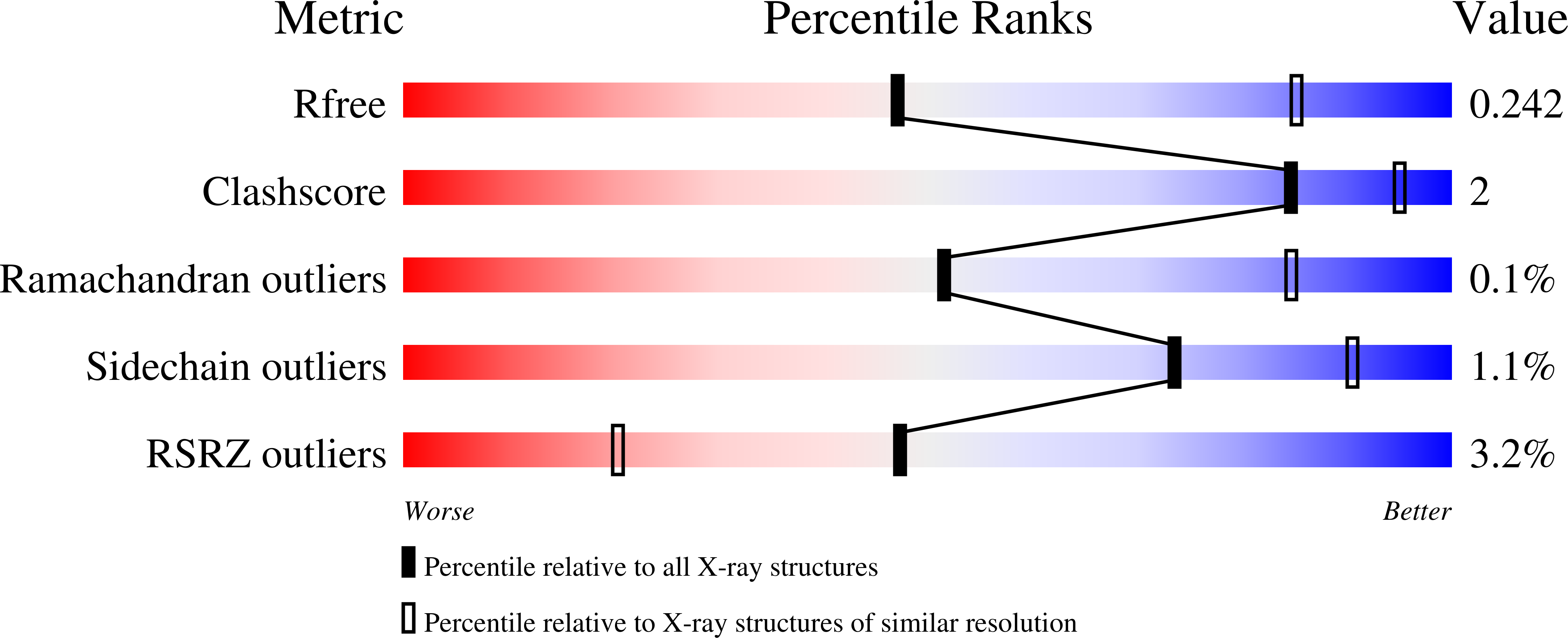
Deposition Date
2017-10-18
Release Date
2018-10-17
Last Version Date
2024-01-17
Entry Detail
PDB ID:
6ERF
Keywords:
Title:
Complex of APLF factor and Ku heterodimer bound to DNA
Biological Source:
Source Organism:
Homo sapiens (Taxon ID: 9606)
synthetic construct (Taxon ID: 32630)
synthetic construct (Taxon ID: 32630)
Host Organism:
Method Details:
Experimental Method:
Resolution:
3.01 Å
R-Value Free:
0.22
R-Value Work:
0.20
R-Value Observed:
0.21
Space Group:
P 1


